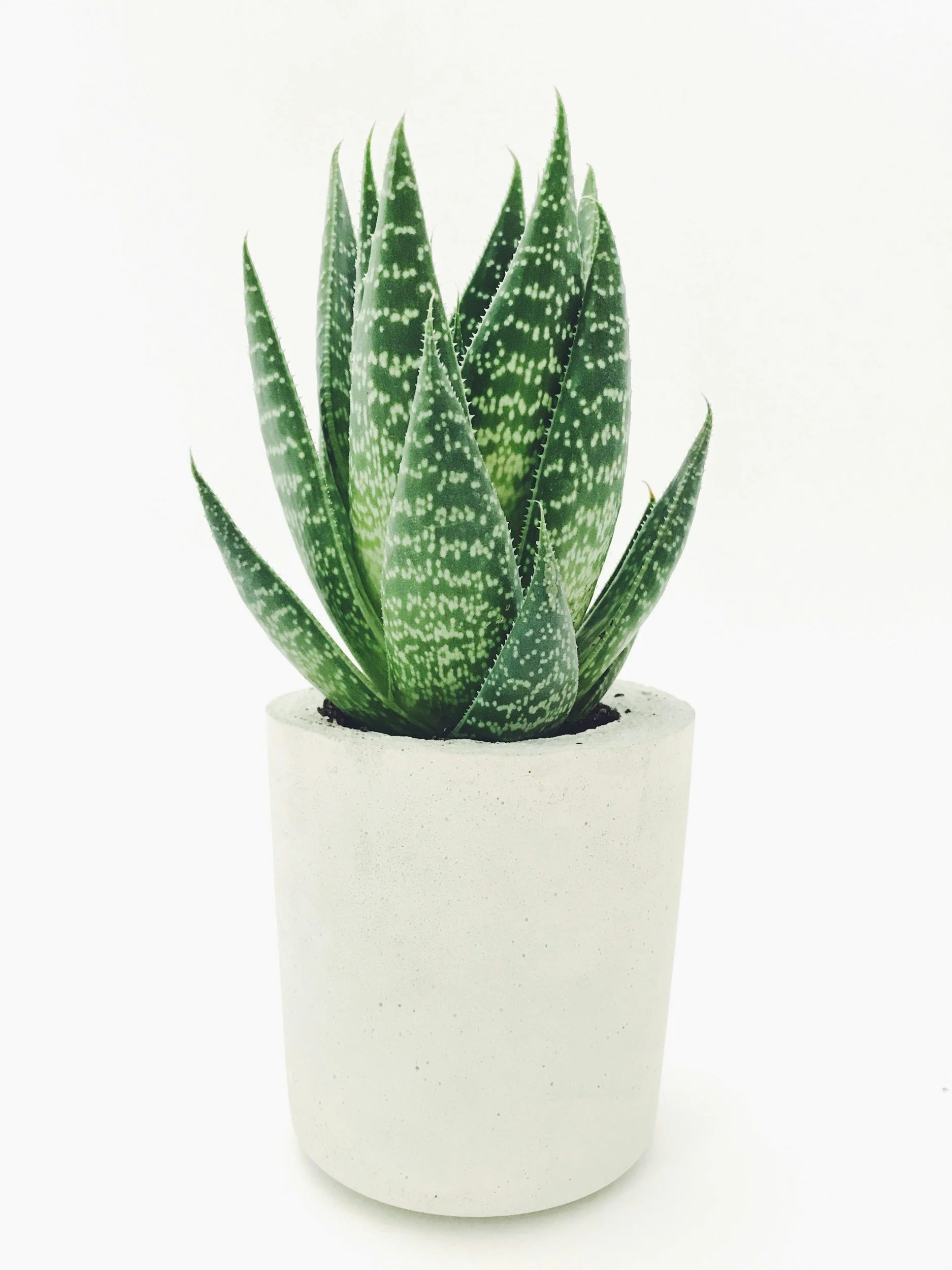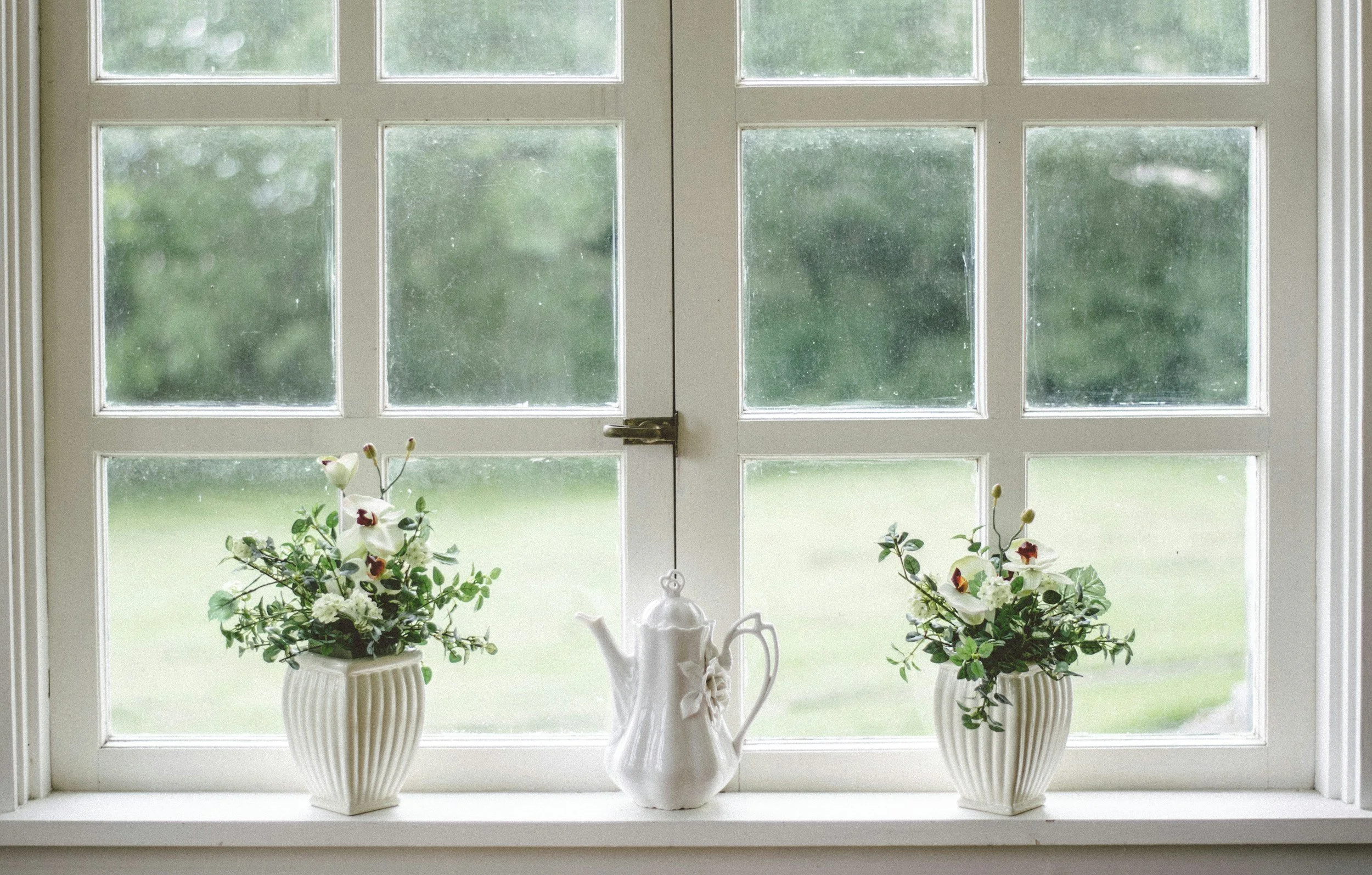How to Design a Healthier Home: Tackling the Invisible Hazards
We often think of home as a refuge—a place to rest, recharge, and find comfort. But even the most beautifully designed spaces can quietly chip away at our well-being if they aren’t supporting our health on a sensory level. Hidden hazards—ones we don’t see, smell, or feel consciously—can affect our sleep, energy, and mood. The good news is: design can do something about it.
As we move toward a more holistic, wellness-centered approach to interiors, it’s time to rethink how we design for what we can’t always see. Here are four key elements—air, light, sound, and texture—to consider when creating a home that truly nourishes you, along with the latest technology helping homeowners make healthier choices.
Air: The Invisible Ingredient of Wellness
Air quality has a profound impact on our health, yet it's often overlooked. Common culprits like VOCs (volatile organic compounds) from paints and furniture, dust, pet dander, and mold can pollute your indoor air, leading to fatigue, allergies, and other chronic issues.
Design Tips:
Use low- or zero-VOC finishes and furnishings.
Bring in houseplants that help purify the air naturally.
Incorporate ventilation strategies like operable skylights or energy recovery ventilators (ERVs).
Tech Tip:
Smart air purifiers from brands like Molekule and IQAir use cutting-edge filtration systems to monitor and clean air in real time, while some HVAC systems now include integrated air quality sensors you can monitor via your phone.
Light: Aligning with Your Circadian Rhythm
The wrong kind of light at the wrong time of day can disrupt sleep and throw off your circadian rhythm. Harsh overheads in the evening or not enough daylight exposure in the morning can leave you feeling out of sync.
Design Tips:
Maximize natural light through layout and window placement.
Layer light sources—ambient, task, and accent—for flexibility.
Use warmer, dimmable lighting in the evening to prepare your body for rest.
Tech Tip:
New human-centric lighting systems like Lutron Ketra, Tuo, and Walalight offer tunable LED fixtures that shift in color temperature and intensity throughout the day—mimicking the natural progression of daylight. Pair this with automated window treatments like Lutron Palladiom or Hunter Douglas PowerView to seamlessly adjust sunlight and privacy with the tap of a button or scheduled automation.
Sound: Quiet is a Luxury
Noise pollution is more than an annoyance—it raises cortisol levels, increases stress, and interrupts sleep. Whether it's from outside traffic or inside echoes, sound control is a crucial but underestimated part of a nurturing home.
Design Tips:
Incorporate soft materials like area rugs, fabric wall panels, and draperies to absorb sound.
Use acoustic treatments in larger or open spaces with hard surfaces.
Create quiet zones in the home for rest and focus.
Tech Tip:
Smart acoustic panels like Artnovion combine aesthetics with performance and can be integrated into decorative wall treatments. For ambient masking, biophilic sound systems (e.g., gentle nature sounds or curated wellness playlists via Sonos or other whole-home audio systems) help support a calm sensory environment.
Texture: More Than Just a Style Choice
We’re tactile creatures, and the materials we surround ourselves with affect us deeply. Rough, cold, or synthetic surfaces can feel jarring. Soft, warm, and natural textures invite comfort and grounding.
Design Tips:
Choose natural fibers like linen, wool, and cotton.
Mix materials—wood, stone, ceramics—for layered sensory richness.
Use matte finishes or brushed metals to reduce harsh glare.
Tech Tip:
For the kitchen, induction cooktops are an increasingly popular upgrade. They’re not only energy-efficient and easy to clean, but they eliminate combustion gases from cooking—improving air quality and offering a more responsive, controlled cooking experience.
A Home That Supports You
Ultimately, a truly supportive home is more than just beautiful—it’s intelligently designed to enhance the way you feel every day. By looking beneath the surface and addressing the less-visible elements of air, light, sound, and texture, your home becomes more than a backdrop—it becomes an active partner in your well-being.
With thoughtful design and the right technologies, you can create a space that doesn’t just look good, but one that helps you sleep better, breathe deeper, focus longer, and live more vibrantly.




